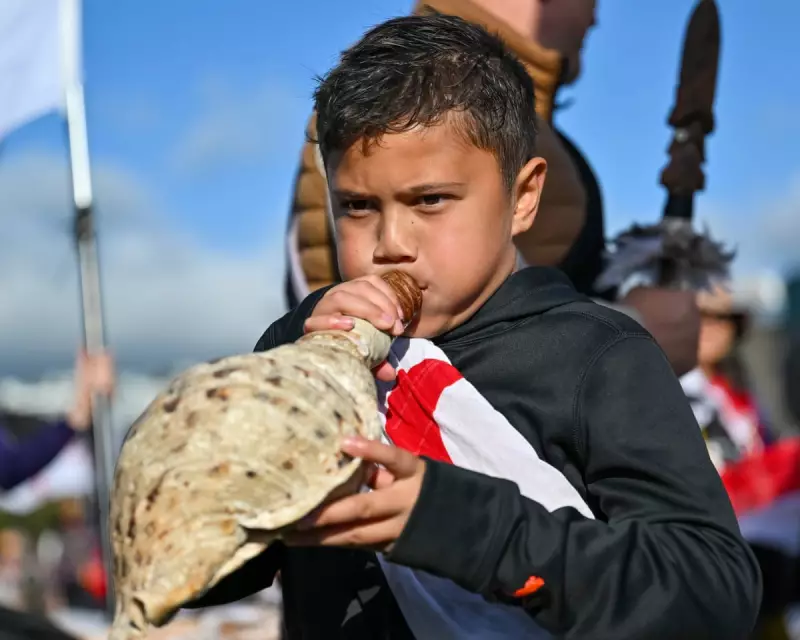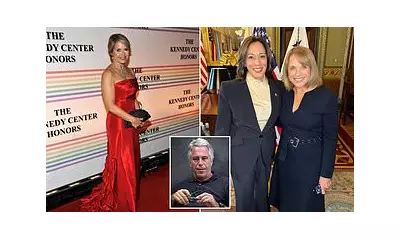
In a sweeping reform that has sparked fierce debate across New Zealand, the coalition government has dramatically reduced the number of councils required to include dedicated Māori representation.
The controversial changes mean the number of councils mandated to have guaranteed Māori seats has been slashed from 35 to just 16 - a reduction of more than half that significantly reshapes indigenous participation in local government.
What the reforms actually change
The legislation represents a fundamental shift in how Māori voices are represented in local decision-making. Previously, 35 local authorities were required to establish Māori wards or constituencies. Under the new framework, only 16 councils will maintain this requirement.
The government argues these changes provide greater local autonomy, allowing communities to determine their own representation structures rather than being bound by central government mandates.
Strong reactions from all sides
Māori leaders and advocacy groups have condemned the move as a significant step backward for indigenous rights. Many describe it as undermining the partnership principles established in New Zealand's founding document, the Treaty of Waitangi.
Local Government Minister Simeon Brown defended the decision, stating it "returns decision-making about local representation to local communities" and eliminates what he called "special treatment" for particular groups.
The practical impact on representation
The reduction means numerous communities will lose guaranteed Māori voices at the council table. While councils can still choose to establish Māori wards voluntarily, critics argue this leaves representation vulnerable to political shifts and majority preferences.
This comes amid broader government reforms affecting Māori policies, including reviews of Treaty of Waitangi principles in legislation and changes to public service delivery for indigenous communities.
The debate continues to intensify as communities grapple with the practical implications of these representation changes ahead of future local elections.





